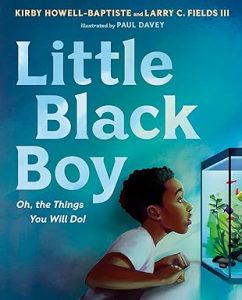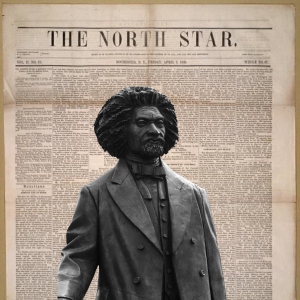Book Review: Black Ivy: A Revolt in Style by Jason Jules
2 min read
Rating: 5/5 ⭐
Let’s be real: a lot of fashion books feel either way too academic (read: boring as hell) or so obsessed with the clothes that they forget the people wearing them.
Black Ivy: A Revolt in Style by Jason Jules absolutely sidesteps that trap — this book is a vibe, a history lesson, and a damn beautiful piece of art all at once.
At first glance, it looks like a slick coffee table book — glossy pages, bold photography, crisp layouts. But don’t get it twisted: there’s serious substance here. Jason Jules takes the “Ivy League look” — you know, that clean-cut, button-down, preppy style you usually associate with old money white dudes — and flips the script. He shows us how Black men in the 1950s and 1960s reclaimed that style, redefined it, and weaponized it.
We’re talking about the likes of James Baldwin, Miles Davis, Malcolm X, Sidney Poitier — men who took conservative fashion and turned it into a symbol of cool, quiet rebellion. The tailoring said “respectability,” but the way they wore it? It said, “I’m smarter than you. I’m smoother than you. And you can’t tell me sh*t.”
What I loved about it:
- The photos — Man, the images alone are worth the price. They’re not just stylish; they feel alive. Each one tells a mini-story about pride, struggle, and swagger.
- The writing — Jules doesn’t write like he’s giving a lecture. He weaves the social context — civil rights, segregation, Cold War politics — right into the story of fashion. It’s smooth but still informative.
- The vibe — The book respects the weight of the time but still feels aspirational, almost like a handbook for how to carry yourself with dignity and flex without shouting.
Minor gripe?
If you’re looking for a “how-to-dress-like-this” manual, Black Ivy isn’t about that. It’s bigger. It’s about the why behind the look. That said, if you pay attention, you’ll definitely pick up some fire style cues naturally.
Big takeaway:
Fashion isn’t just about what you wear — it’s about what you’re saying when you walk into a room.
And Black men, navigating an America that wanted to erase or criminalize them, spoke volumes without ever raising their voices.
Black Ivy shows that rebellion doesn’t always wear leather jackets or wield megaphones — sometimes, rebellion wears a navy blazer, penny loafers, and a hard stare. Buy the Book






